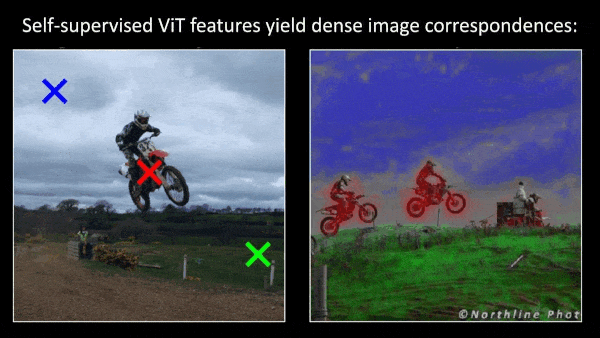A Unified Theory of Representation Learning:
How Hidden Relationships Power Algorithms that can Learn
without Labels
MIT PhD Thesis 2025
Mark Hamilton
PhD Advisor: William T. Freeman
TL;DR: How can we build algorithms that learn without human labels, so that we can use AI to help solve scientific challenges humans dont yet know how to solve.
